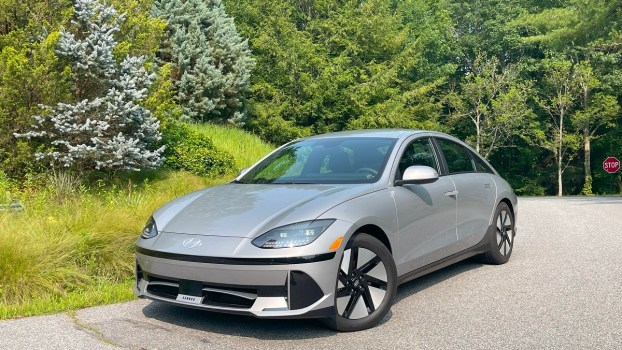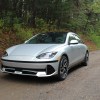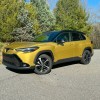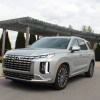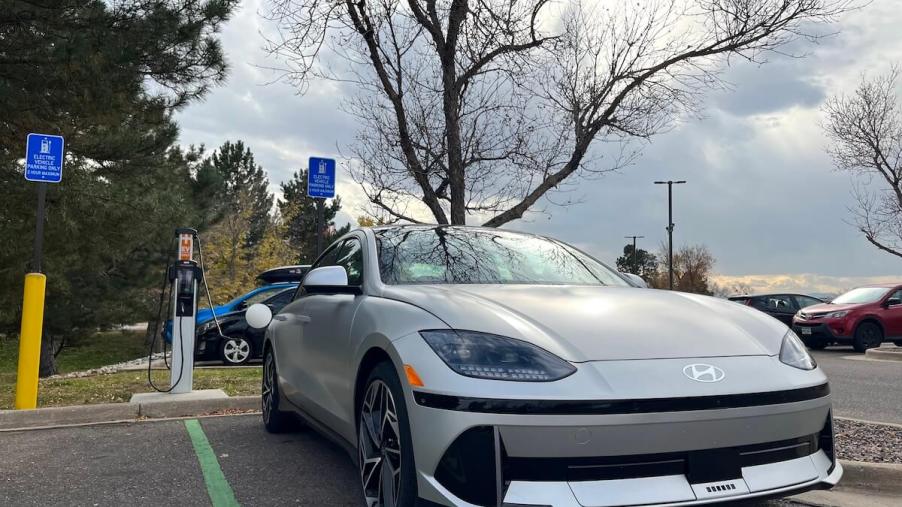
2023 Hyundai Ioniq 6 Charging Speed: What to Expect
The 2023 Hyundai Ioniq 6 is the brand’s polarizing electric flagship sedan. Its quirky looks, potent electric powertrain, and upscale interior set it apart from other EV rivals, and it doesn’t disappoint in most areas.
The most important area is its battery life, which is abundant across all four trim levels. But what about its charging capability? Can you charge an Ioniq 6 quickly? I found that your results may vary. Here is what you can expect.
Charging the 2023 Hyundai Ioniq 6 can take a while on a level 2 public charger
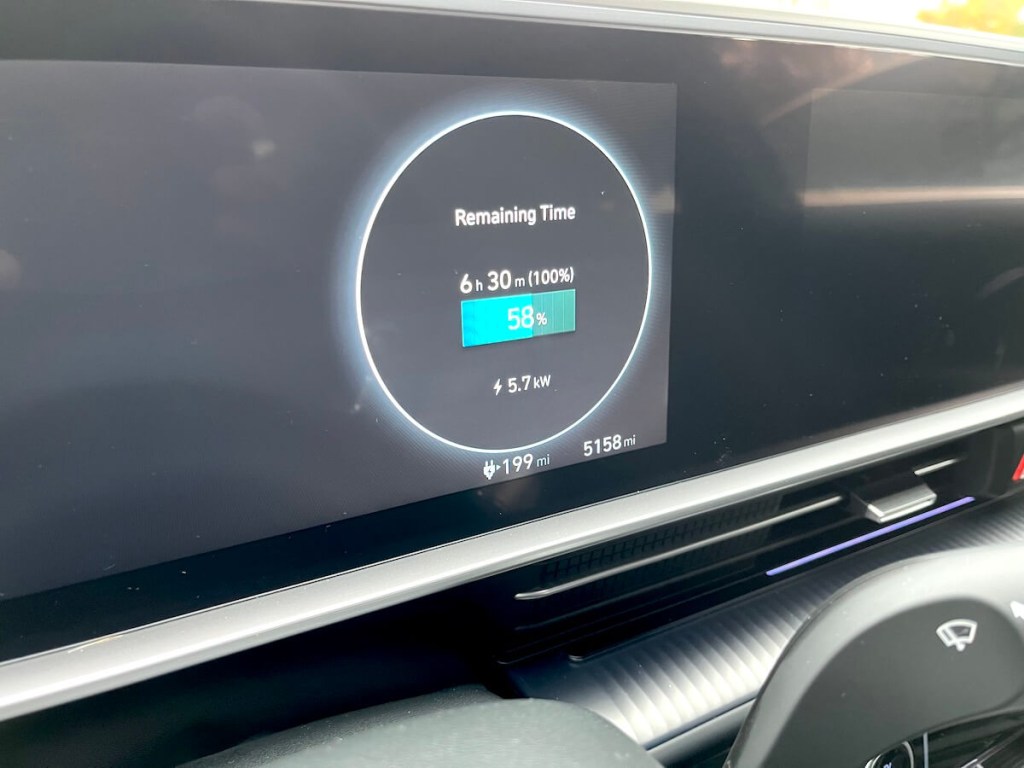
If you’re planning to charge a hybrid or electric car, I always recommend charging it overnight with a level 2 (240-volt) charger. This would ideally come in the form of a home charging unit that a variety of companies and vendors can install. However, if you don’t have a garage or the ability to charge the car overnight, you’re not out of luck.
When all else fails, there are plenty of public level 2 chargers in the wild. You can find them at public libraries, grocery stores, and shopping malls. I typically charge my electric car loaners at a local library so I can get work done while I wait.
During my time with the 2023 Hyundai Ioniq 6, I tested my usual charging spot to see how long it would take to charge the car. Hyundai says it can take around six hours and 55 minutes to charge the car from 10% to 80%.
When I plugged the Ioniq 6 in, it had 51% battery life left or 173 miles of range.
The charger I used dispensed energy at a rate of 5.7 kW, which equated to a total charge time of around seven hours and 40 minutes to get to 100%. I couldn’t wait that long, so I decided to stick it out for an hour to see how many miles it would add.
After an hour, the charger added a whopping 16 miles to the total sum, and 19 miles after an hour and 10 minutes. When I unplugged the car, it was at 58% battery or 199 miles of range.
This little test shows that if you have a couple of hours to waste, you can add a little over 30 miles of range to your Hyundai Ioniq 6. In that case, you’re best bet is to charge it while watching a movie or two.
Fast charging is the way to go
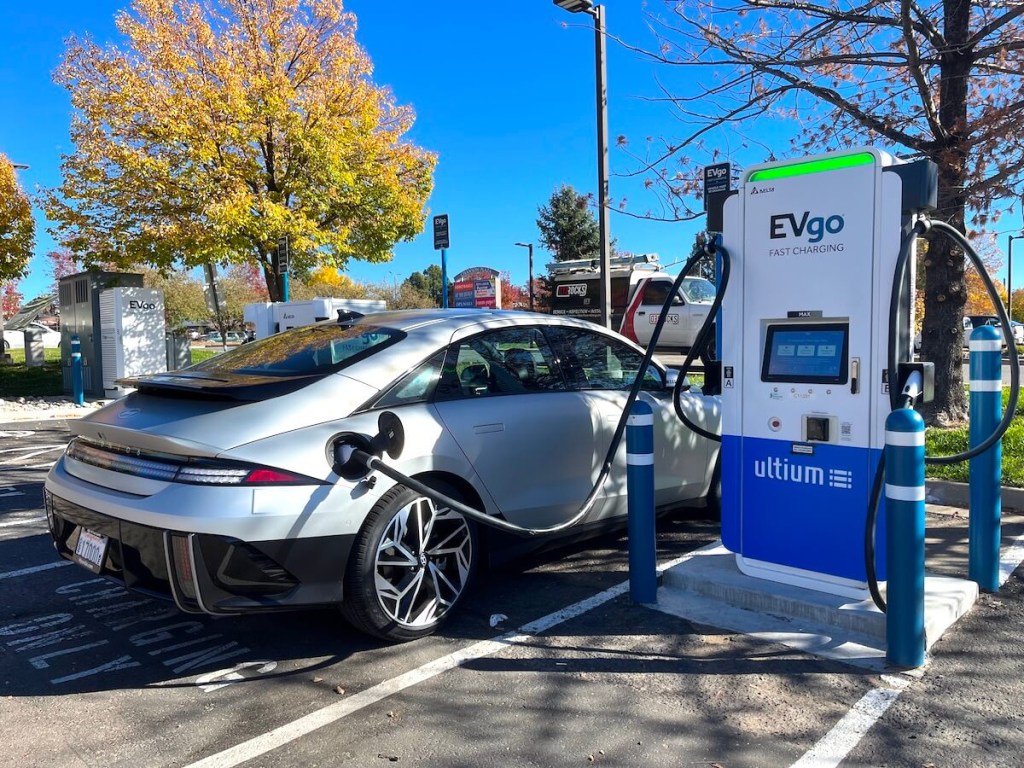
If you need to charge quickly, the DC fast chargers are the way to go. Hyundai says the Ioniq 6 can charge from 10-80% in only 18 minutes when it’s connected to a 350-kW charger. I have never seen one of those in the wild, so I found the next best thing.
Using Charge Hub, a site that shows all of the public chargers in your area, I found a fast charger that could dispense energy at a rate of 67-kW. Hyundai says charging the Ioniq 6 at a rate of 50 kW can get it from 10-80% in only 73 minutes.
When I plugged the car in, its battery life was at 49%. After about 15 minutes, the charger stopped charging. I’m not sure why it stopped, but when it did, the battery life was at 75% (over 240 miles), so I was satisfied. It’s worth noting that I also paid $15 for the charge, which is still cheaper than gas.
Case in point: if you can’t have a 240-volt charger installed at home, a fast charger is the quickest charging solution.
How long does it take to charge a Hyundai Ioniq 6 with a 120-volt charge?
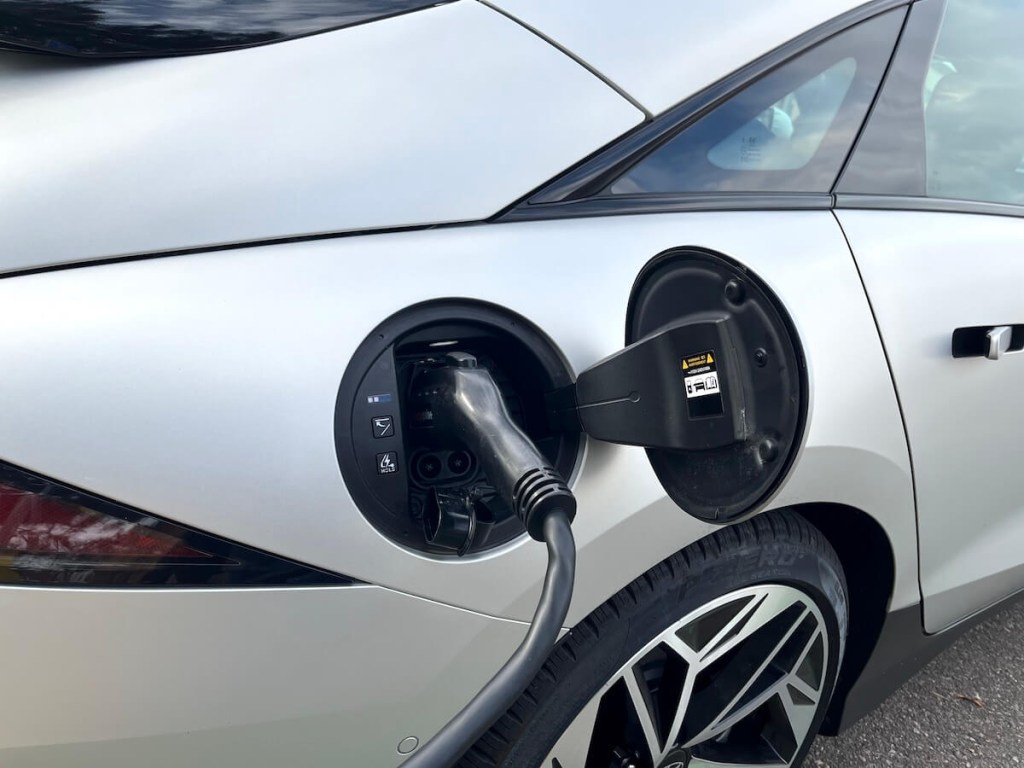
If you only have access to a regular 120 or 110-volt household outlet, you can expect the car to be fully charged in around 60 hours. That’s if you’re starting from 0 miles to 100%. Of course, that’s an extreme situation. However, the point is that a household outlet is only suitable for top-offs or if you need a charge in a pinch.
Don’t expect much, though, as my time charging the Genesis GV60 at home was wasted with the household plug. After charging the car overnight, the battery life only increased by one percent, with a charging rate of 0.6 kW.
Ultimately, the charging options for the 2023 Hyundai Ioniq 6 are similar to every other hybrid and electric car. Public level 2 chargers are good for a mediocre charge, and fast chargers are life savers in a pinch. Forget about household charging, though, unless you don’t mind keeping the car plugged in for a week.
